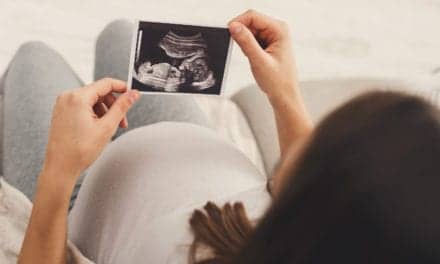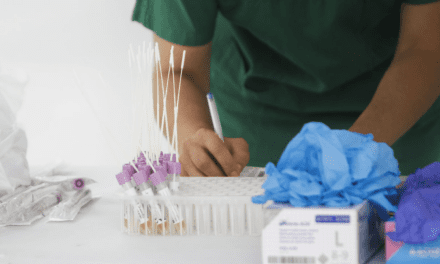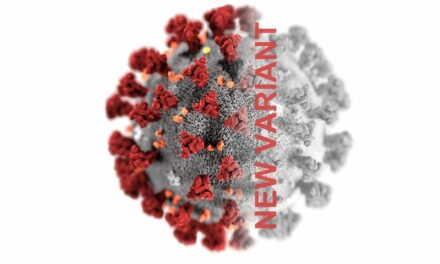Scientists have created a new machine learning tool that could help healthcare workers to quickly screen and direct the flow of COVID-19 patients arriving at hospitals. Results from an evaluation of this algorithm, along with an artificial intelligence method that improves test utilization and reimbursement, were presented at the 2021 AACC Annual Scientific Meeting & Clinical Lab Expo in Atlanta.
Machine Learning Tool Streamlining Hospital Admissions
A team of researchers led by Rana Zeeshan Haider, PhD, and Tahir Sultan Shamsi, FRCP, of the National Institute of Blood Disease in Karachi, Pakistan, created a machine learning tool to help healthcare workers efficiently screen incoming COVID-19 patients. The scientists extracted routine diagnostic and demographic data from the records of 21,672 patients presenting at hospitals and applied several statistical techniques to develop this algorithm, which is a predictive model that differentiates between COVID-19 and non-COVID-19 patients. During validation experiments, the machine learning tool model performed with an accuracy of up to 92.5% when tested with an independent dataset and showed a negative predictive value of up to 96.9%. The latter means that the model is particularly reliable when identifying patients who do not have COVID-19.
“The true negative labeling efficiency of our research advocates its utility as a screening test for rapid expulsion of SARS-CoV-2 from emergency departments, aiding prompt care decisions, directing patient-case flow, and fulfilling the role of a ‘pre-test’ concerning orderly RT-PCR testing where it is not handy,” said Haider. “We propose this test to accept the challenge of critical diagnostic needs in resource constrained settings where molecular testing is not under the flag of routine testing panels.”
Optimizing Lab Test Selection and Reimbursement
Of the 5 billion lab orders submitted each year, at least 20% are considered inappropriate. These inappropriate tests can lead to slower or incorrect diagnoses for patients. Such tests may also not be covered by Medicare if they were not meant to be used for particular medical conditions or if they were ordered with the wrong ICD-10 diagnostic codes, which in turn raises health costs.
Rojeet Shrestha, PhD, of Patients Choice Laboratories in Indianapolis, set out along with colleagues to determine if an automated test management system known as the Laboratory Decision System (LDS) could help improve test ordering. The LDS scores potential tests based on medical necessity and testing indication, helping providers minimize test misutilization and select the best tests for a given medical condition.
Using LDS, the researchers re-evaluated a total of 374,423 test orders from a reference laboratory, 48,049 of which had not met the criteria for coverage under Medicare. For 96.4% of the first 10,000 test claims, the LDS ranking system recommended alternative tests that better matched the medical necessity or had a more appropriate ICD-10 code. Of these recommendations, 80.5 percent would also meet Medicare policies. All of this indicates that the LDS could help correct mistaken or inappropriate lab orders.
“Our study implies that use of the automated test ordering system LDS would be extremely helpful for providers, laboratories, and payers,” Shrestha says. “Use of this algorithm-based testing selection and ordering database, which rates and scores potential tests for any given disease based on clinical relevance, medical necessity, and testing indication, would eventually help providers to select and order the right test and reduce over- and under-utilization of tests.”





